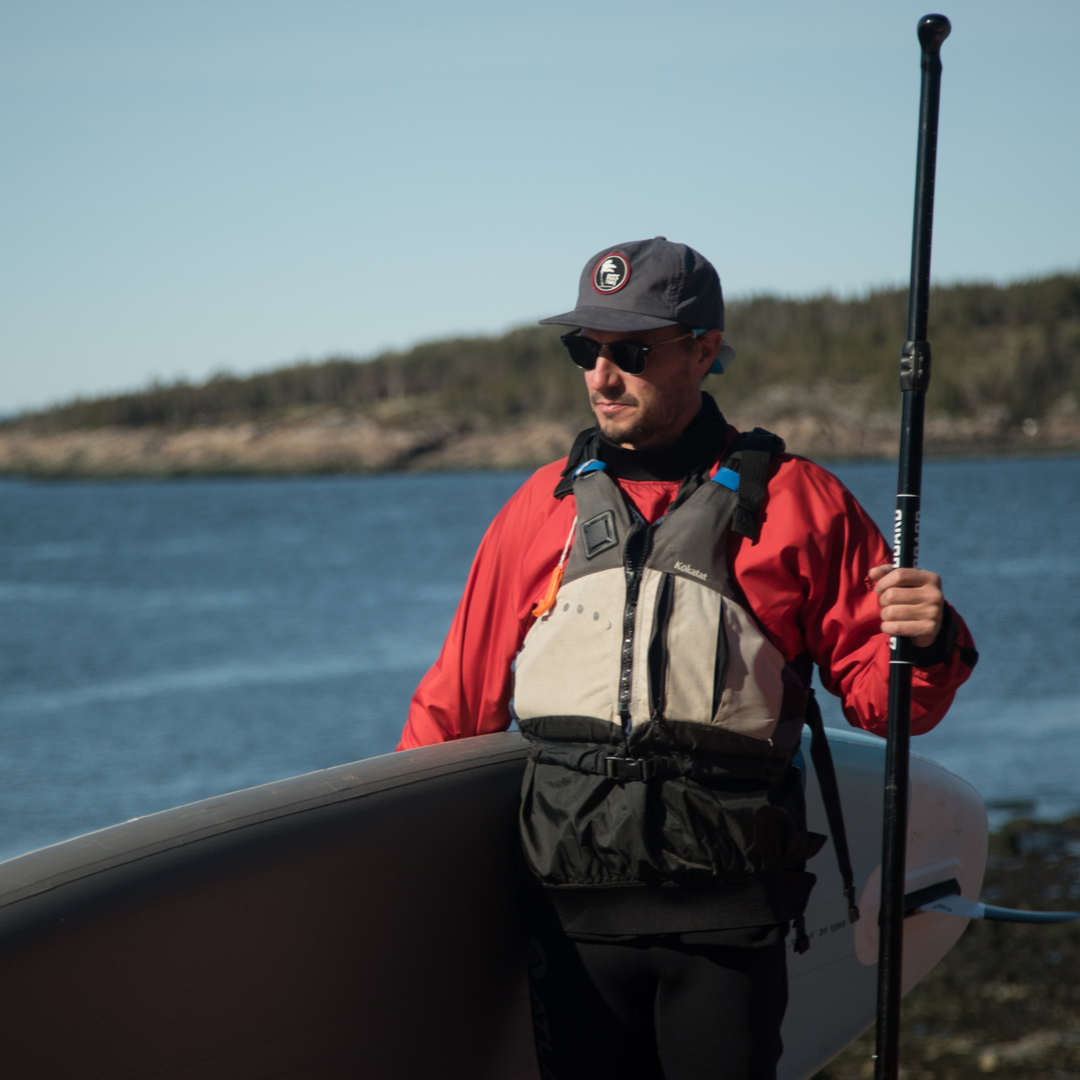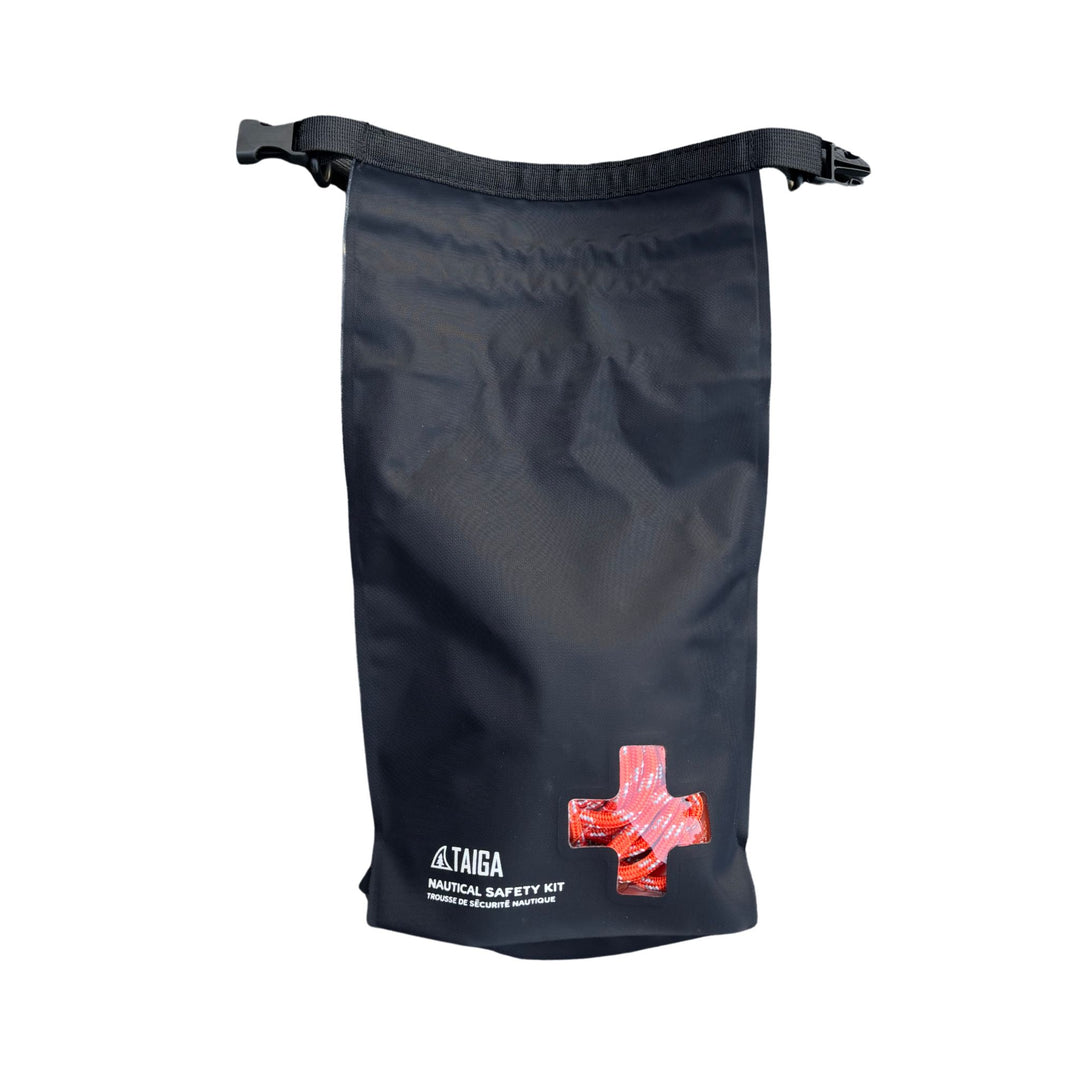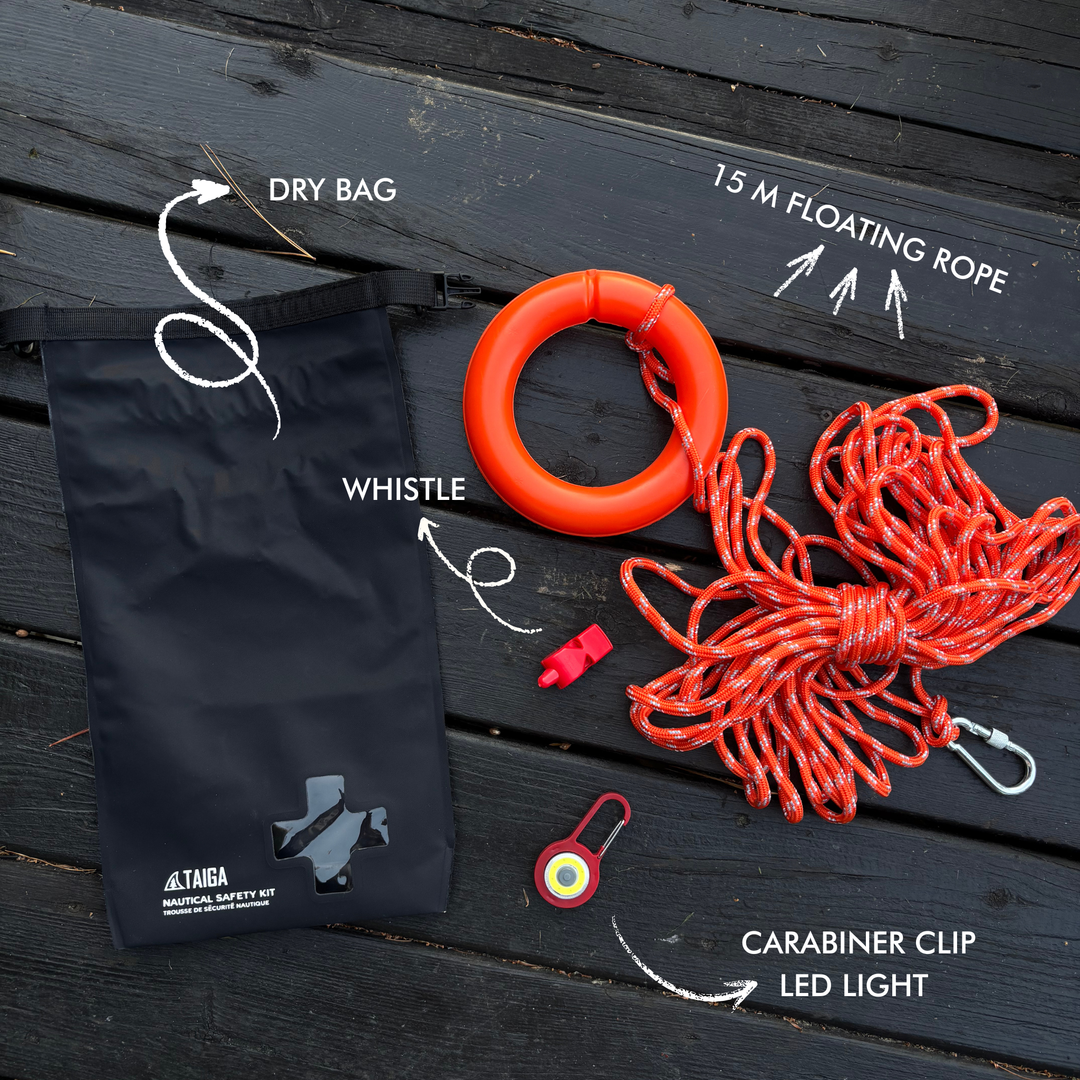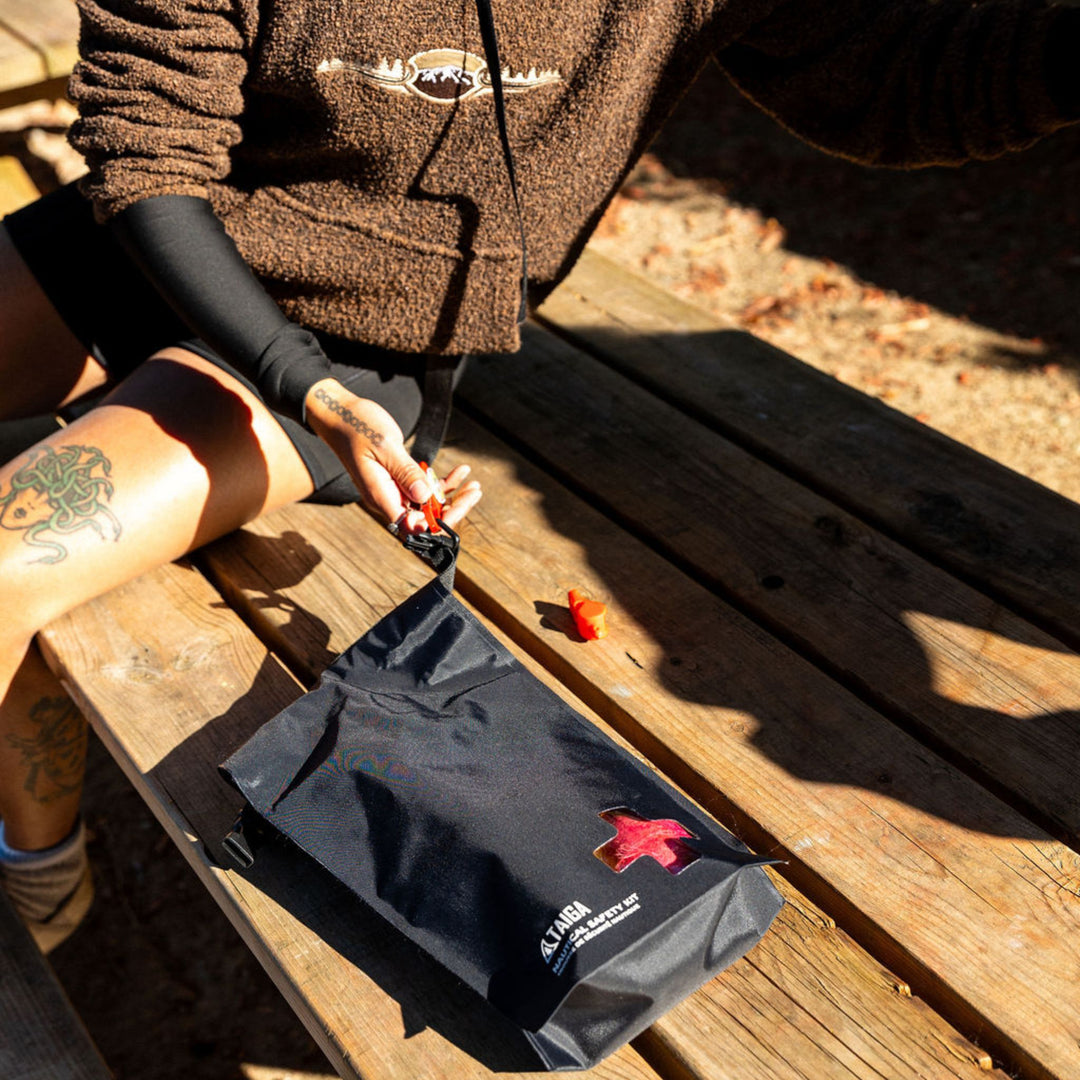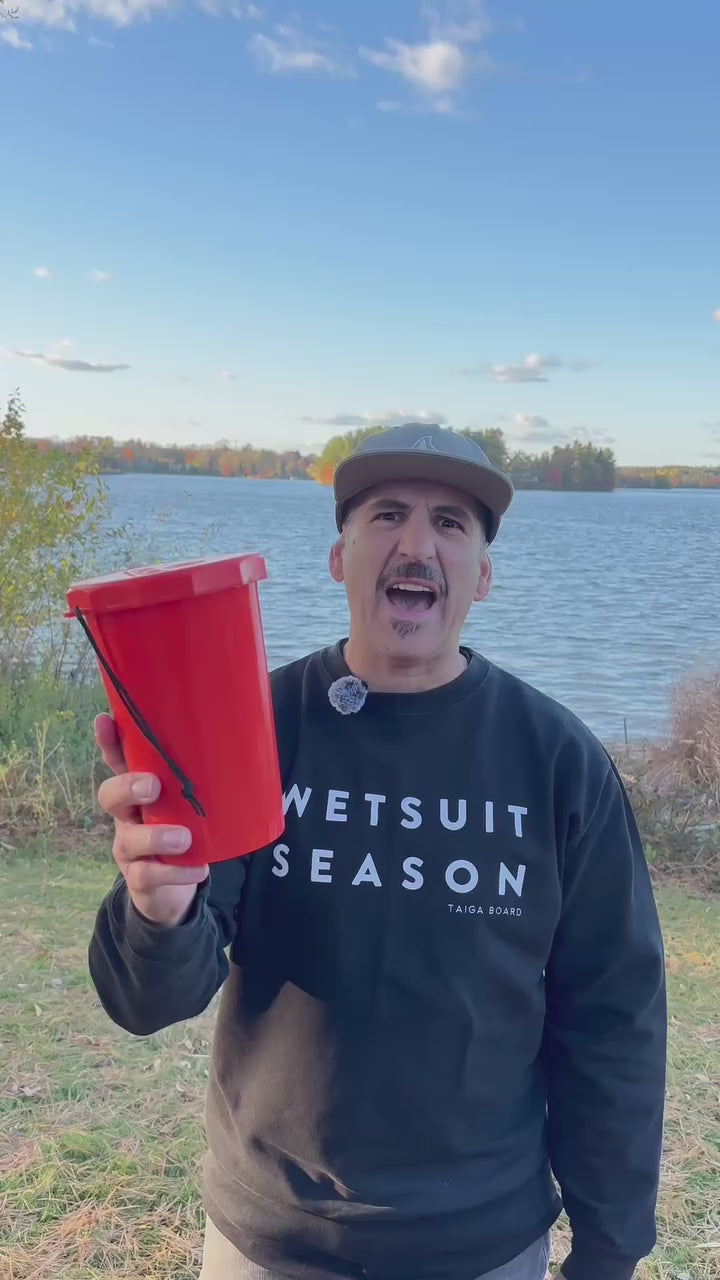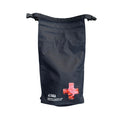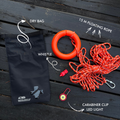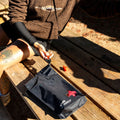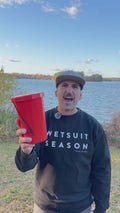Safety should always be a priority when it comes to being on the water with your paddle board. We tend to neglect certain aspects and feel safe when we go out by the cottage, but we can never be too careful when it comes to water activities.
Here are the things to consider for a safe paddleboarding experience:
Weather
Taking preventative measures is much better than trying to fix the problem after the fact. Therefore, the first thing we suggest you to do is to check the wind. You can either check regional or governmental websites, or even use the app Windy. Things to consider when checking the wind: It’s strength and direction. If you’re heading into a large lake and going out into the open, you want to be sure that the wind isn’t coming towards you on the way out nor on the way back (headwind is not ideal!). Finishing your day trip by paddling against the wind is especially tiring. When the wind is 30km/h or more, it’s strong enough for you to question whether you’ll be able to work with that counter-push. Will you be able to paddle long and hard enough to get back? You should also consider looking at the gusts… wind can either be your best-friend or your worst enemy when paddleboarding! Always respect your personal physical abilities!
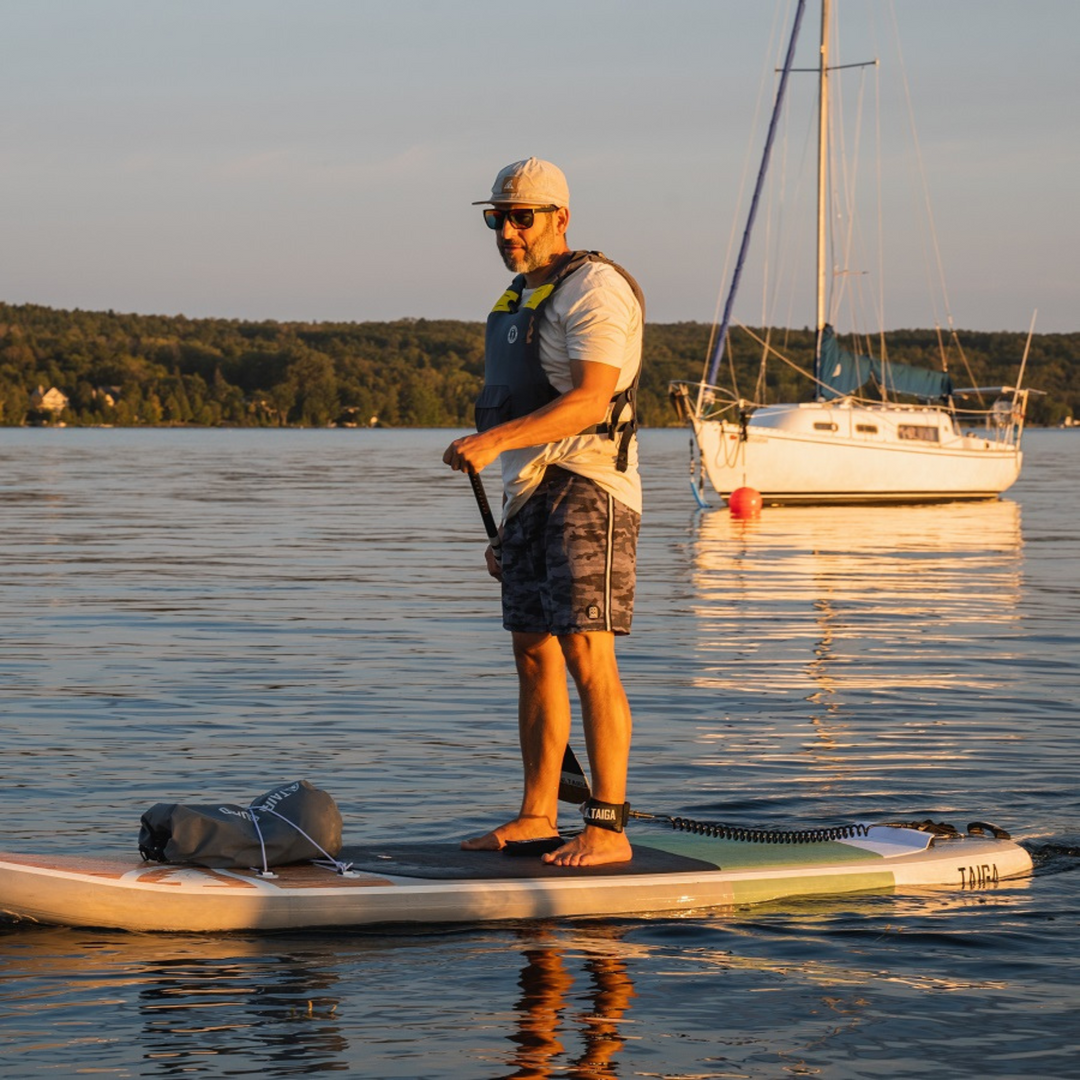
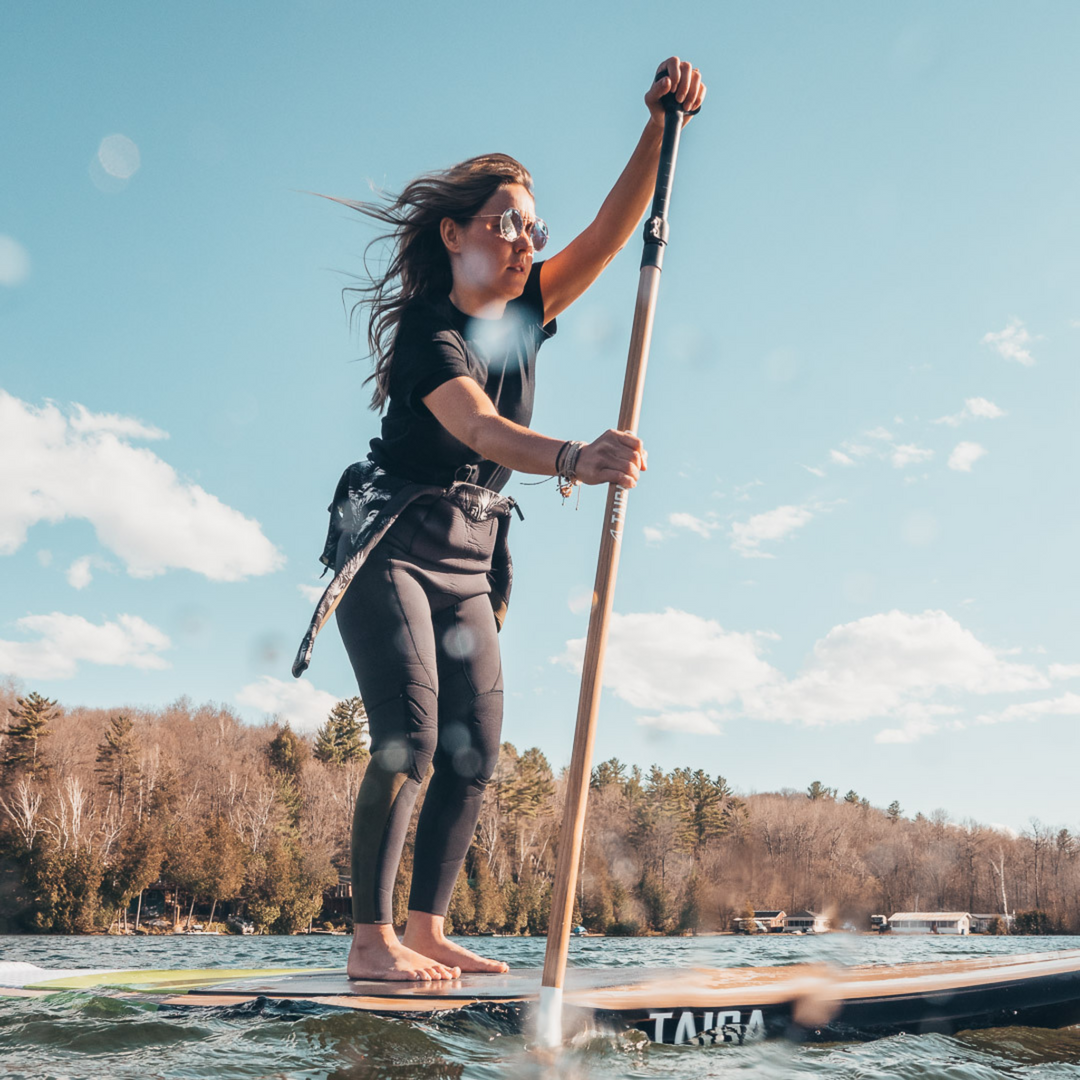
Water Temperature
Even if it’s a beautiful day, sunshine and all, it’s important to check the water temperature. If you’re going out in the springtime, it’s likely that the water is still very cold which increases the risk of hypothermia if you happen to fall. In this case, it’s important that you dress appropriately, so we suggest wearing a wetsuit.
Essential Equipment
How do you know if you have everything you need?
✓ If you’re leaving for a few hours, it would be smart to bring with you a dry bag for you to carry your water bottle, snacks, or even extra clothes. The sun is very strong when you’re out on the water, so it’s important to protect yourself from sunstroke. We suggest bringing a hat, sunscreen, and sunglasses - it’s best to be well-prepared!
✓ If you’re leaving for more than a few hours, consider bringing water purification tablets or drops to purify your water if taken from your surroundings, in case of emergency. With this said, it’s also important you’re familiar with your whereabouts. If you’re in a new location, bring a map with you and put it in a sealed plastic bag. You can always use your cellphone of course, but it’s always smart to have a hard copy as well in case you ever lose service your cellphone dies (or even damaged by external factors). Prior to leaving, let friend or a family member know where and for how long you’ll be heading out. You should NEVER head out on the water alone.
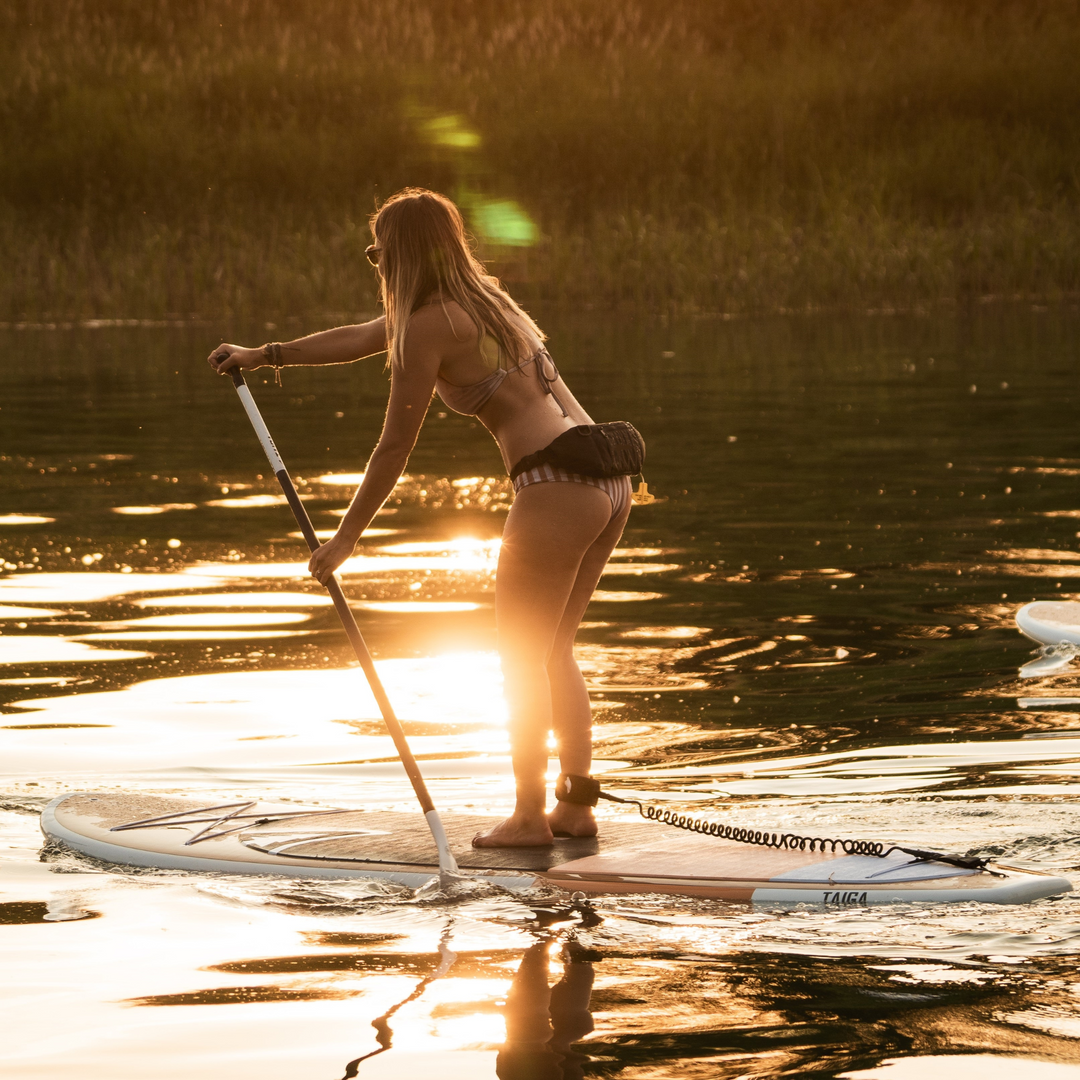
Personal Flotation Device (PFD) & Leash
Is it mandatory to have a PFD and a leash with you on your board? YES. Transport Canada state that;
✓ if we’re wearing a PFD, we’re not required to wear a leash or have a buoyant rope;
✓ if we’re not wearing a PFD, it must at least be on the board (underneath the bungees, for example) in addition to having a 15 meters buoyant rope as well as a leash.
Please note that it is mandatory to have a whistle or some sound device on our PFD.
Choosing the right SUP board for your outing
✓ Lake: You want to be able to move forward efficiently since there isn’t a current to give you a push. The wind may also play a factor in your ride, so you’ll want something that make it it easier to not only paddle with the wind, but against it too. Here are our most efficient models on lakes: Thuya 11'0''/11'4'', Kazuzu 12'6''. If you are aiming for maximum speed, our Narval 14'0'' is what you need, while if you are aiming for a calmer ride, we recommend these models: Akoya 9'5'', Hana 9'5'', Awen 10'0'' or Boréa 10'6''.
✓ River: rivers hold more dangers than in the lake, so if you’re heading into a river with R2 rapids, we strongly suggest that you enrol in a SUP river course to understand the current, the safety aspects, and the proper techniques (courses are offered at some of our demo centers, such as KSF).
Indeed, expeditions down a river require advanced techniques and you will absolutely need one of our inflatable paddle boards. They are made with military grade PVC which make them highly impact resistant and offer greater floatation. The Kanoa Air 9'6'' is our favourite board for river paddleboarding. It’s width will offer good stability, it’s length will help you turn quickly, and it’s handles found all around the board will help you pop back up onto your board if you fall. The bungee cords in the front and on the back of the board will allow you to mount your personal and safety equipment. The Akoya Air 9'5'' is also a great choice for river surfing, just change the central fin for a shorter and flexible one and you’ll be ready to go!
Pro tip: Bring an extra paddle! It can beveryuseful, especiallyin river if the currentdecides to takeit.
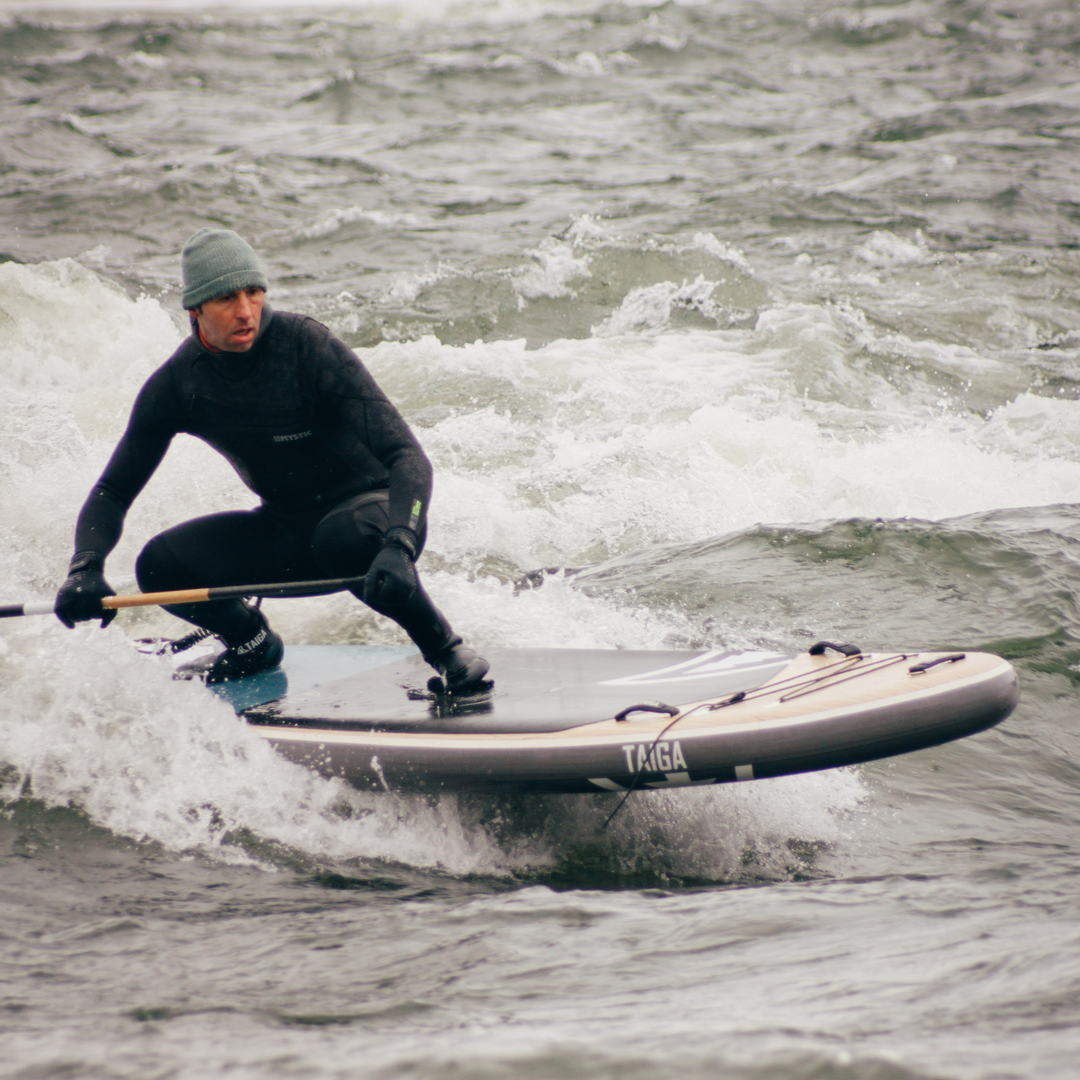
In Summary
There is so much to be said about safety on the water. Sometimes, one oversight can make all the difference when you’re out paddling. Ask yourself these questions before you go:
✓ Do I have all the necessary equipment (PFD, whistle, rope, water, snacks, sunscreen, goggles, wetsuit, map, light, phone)?
✓ Do I have the right equipment for my trip (type of board and extra paddle)?
✓ Is the weather favorable (wind, sun, rain)?
✓ Is this outing up to my fitness level?
Listen to your body and know your limits. Alcohol consumption is obviously to be avoided, even if it can be tempting to have a small Piña Colada as a refreshment… jump in the water instead!
